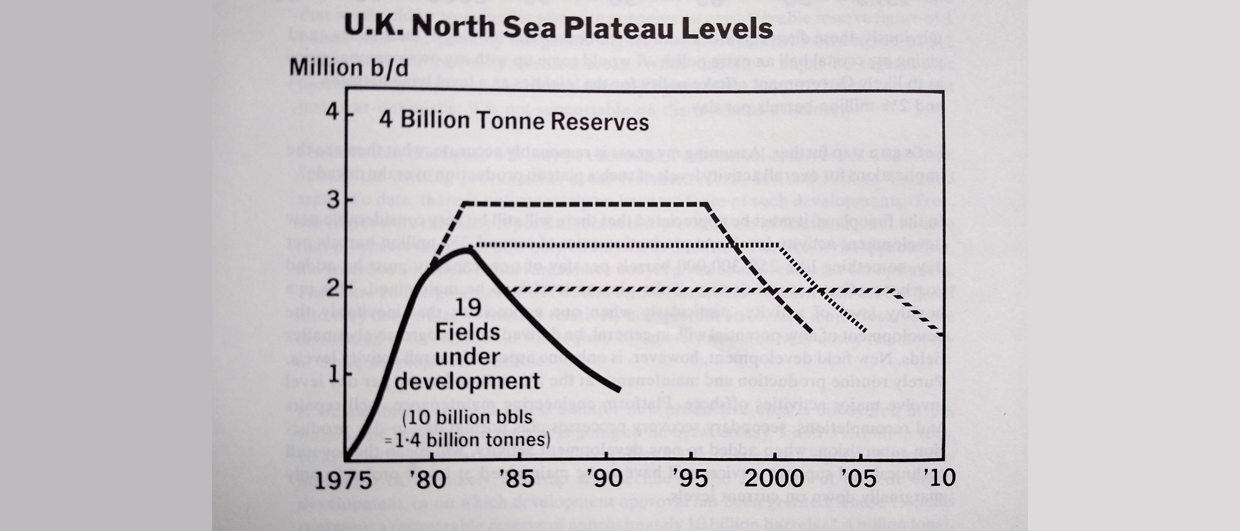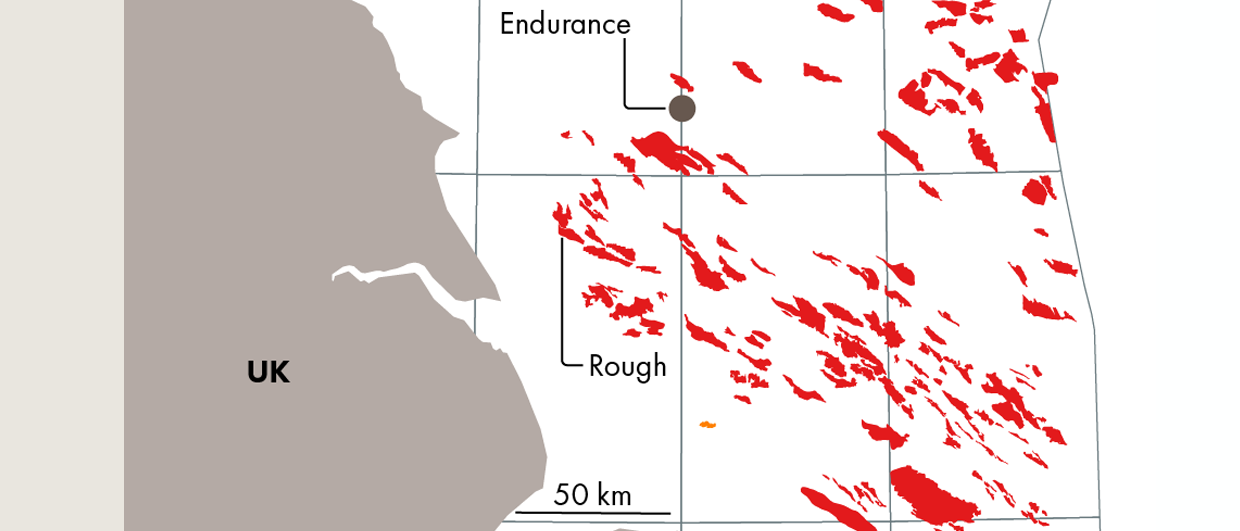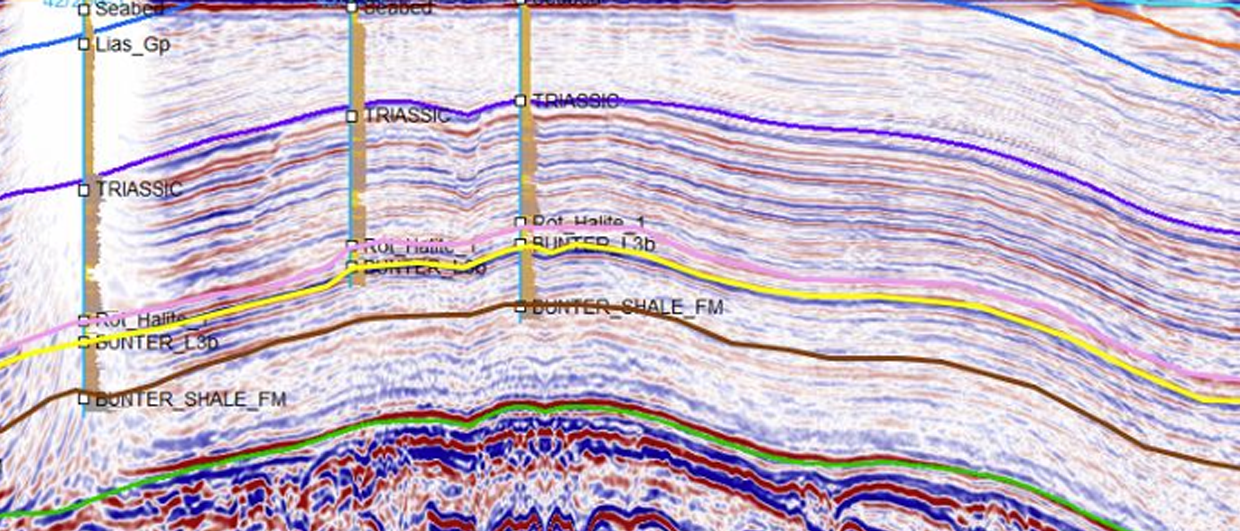As part of a PhD project carried out at Aberdeen University, Laura-Jane Fyfe recently published a paper in Petroleum Geoscience where she and her co-authors assess the prospectivity of the Sea of Hebrides and Minch rift basins situated along the northwest coast of Scotland.

The basins are not very well-known, but did attract interest from the industry a few decades ago, with even some wells drilled in the late 1980’s and early 1990’s (see map above). However, following disappointing results, interest soon subsided and focused on the east of Scotland where a lot more was being found.
Could a new look at all available data shed another light on the conclusions drawn several decades ago? The paper summarises all aspects of the geology and the possible petroleum plays of the basins, resulting in a comprehensive overview of the depositional and structural history of the area.
Part of rifted European continental shelf
The Sea of Hebrides and Minch Basins are part of the complex rifted margin of the European Continental shelf and have thus been exposed to various phases of uplift and volcanic activity. The basins were probably initiated during initial rifting in Permian times, which has resulted in a mostly Permo-Triassic to Jurassic sedimentary sequence found today.
In comparison to the Central North Sea, the Sea of Hebrides and Minch Basins were mostly affected by rifting during the Permo-Triassic to Early Jurassic, rather than Upper Jurassic extension in the North Sea. In addition, the basins did not experience a phase of Middle Jurassic uplift and erosion, but continued to subside instead. However, a long period of intermittent exhumation commenced during the Latest Jurassic and although burial beneath a thick layer of Paleocene volcanics took place, subsequent uplift in the Oligocene removed most of this succession.
Source rock maturity
The most important issue flagged in the article is the lack of maturation of the Lower Jurassic source rocks. Even though TOC contents have been observed of up to 6.9%, the maturity of most samples obtained from wells, outcrops and shallow boreholes proved to be immature.
An exception to this trend are the areas where Paleocene volcanic activity took place, for instance around the Skye Central Complex (see map). Elevated vitrinite reflectance measurements of up to 1.64% were noted down in these areas.
However, even though local elevated heat flows due to volcanic activity may have been enough to generate some gas shows in the wells as observed, the authors conclude that the volumes of rocks exposed to these temperatures was not sufficient to generate serious amounts of oil.
This conclusion is interesting in the light of yesterday’s article on the current IODP coring campaign in the Norwegian Sea where the Paleocene volcanic break-up of the Atlantic and the Paleocene-Eocene Thermal Maximum are being investigated. One of the hypotheses as to why the Paleocene-Eocene Thermal Maximum occurred is the idea that the emplacement of huge amounts of intrusive and extrusive bodies generated enough methane to cause a rapid greenhouse effect. Given the conclusions from the researchers from Aberdeen University, it is clear that the Norwegian Sea episode of volcanic-induced methane generation must have been on an entirely different and much larger scale.

Reservoirs
As the summary play diagram shows, the main potential reservoirs in the area are Permo-Triassic fluvial sandstones and Jurassic marginal marine coarse-grained clastics. However, the high levels of quartz and carbonate cementation of most reservoirs have had a detrimental effect on porosity, resulting in values from 2-5%.
If this extensive study shows anything, it is the realisation of the importance of the Cenozoic subsidence as observed in the North Sea in relation to the switching on the petroleum kitchens. Basins such as the West Hebrides and Minch simply haven’t had that final push into oil-generating depths, which is probably the main reason for these areas to much more challenging in terms of finding any economic accumulations.
HENK KOMBRINK





